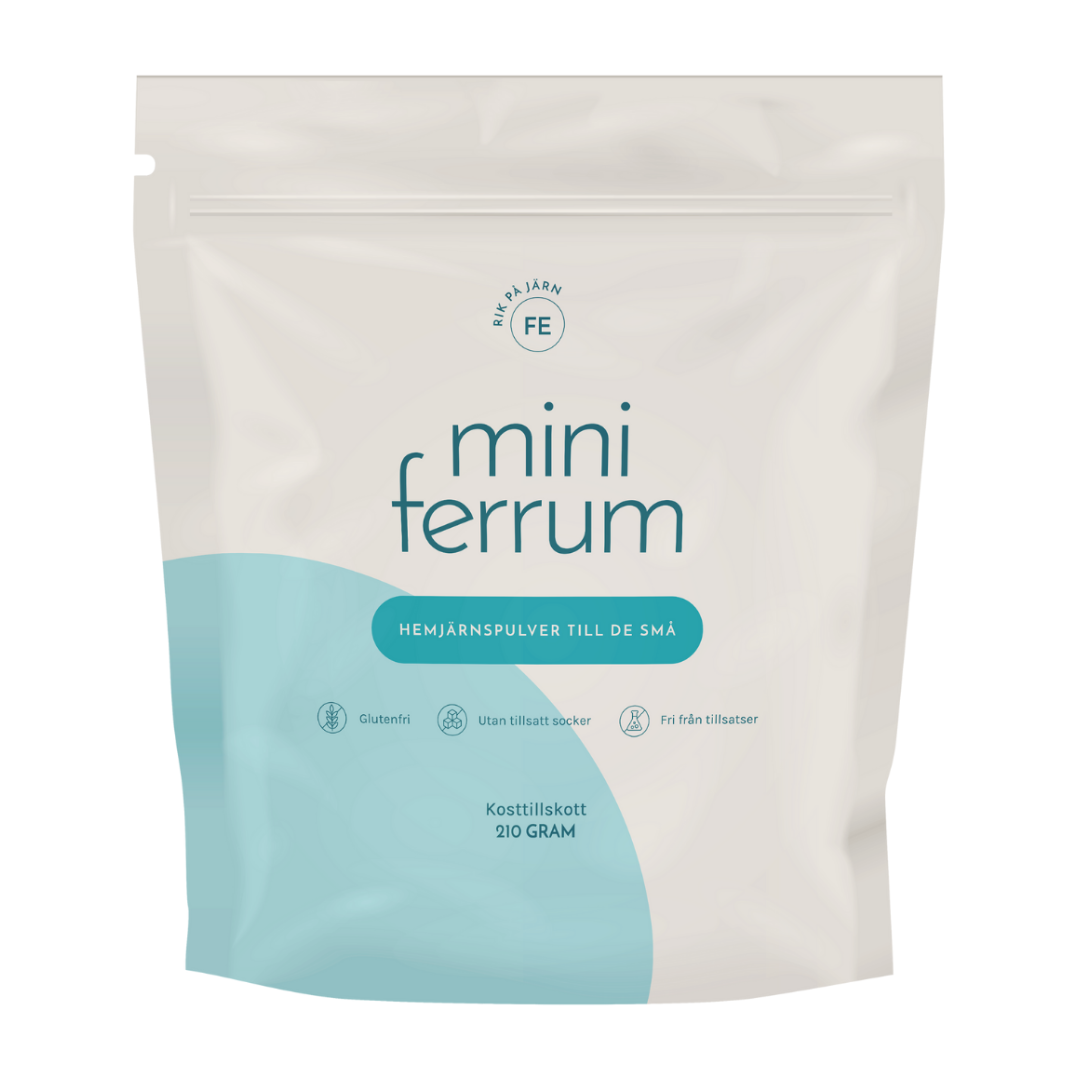Appropriate maintenance of one's Home iron (Hemjärn) is needed for its performance and longevity. A well-maintained metal not merely produces better effects but also shields your clothes from stains, burns, or deposit transfer. Knowing how to completely clean and keep your metal the proper way ensures it keeps in peak condition for a long time of reliable use.
Focus on Typical Washing
As time passes, mineral remains, fabric materials, and starch buildup can accumulate on the soleplate and inside the water tank. That buildup may result in brown locations, bad water productivity, and also cloth damage. To prevent that, clear your metal at least once a month or more frequently if used often.

Begin by unplugging the iron and letting it great completely. For the soleplate, make use of a moist fabric with mild dish soap to gently eliminate residue. For tougher spots, a stick of cooking soft drink and water can be applied and cleaned away with a smooth cloth. Avoid using sharp or harsh products that can damage the surface.
If your iron includes a steam purpose, address the water reservoir next. Load it with a solution of similar areas white vinegar and distilled water, then heat the metal and allow it to water for some minutes. This process helps dissolve spring escalation in the steam vents. Afterward, wash the reservoir with clean distilled water and water again to flush out any outstanding vinegar.
Don't Forget the Water Vents
Steam vents can be blocked with vitamin contaminants, particularly in hard water areas. Use a cotton swab or even a clean toothpick to carefully clear any debris from the vent holes. Be sure the metal is unplugged and completely cool all through this method in order to avoid injury.
Correct Storage Is Critical
Following cleaning, ensure the metal is completely dry before storing. Empty any remaining water from the tank to stop mold and scaling. Cover the power cable loosely around the base or use the selected cable clip if provided—limited wrapping can harm central wiring.

Generally keep your iron in a straight position to prevent damage to the soleplate and to avoid water leakage if any water remains inside. Pick a dried, dust-free area away from direct sunlight or serious temperatures.
By trading a few momemts into washing and correct storage, you expand living of your iron and keep their effectiveness. A clear, well-cared-for iron is not only safer to use but also assures your outfits are treated with the attention they deserve.
Comments on “A Complete Guide to Ironing Different Fabric Types”